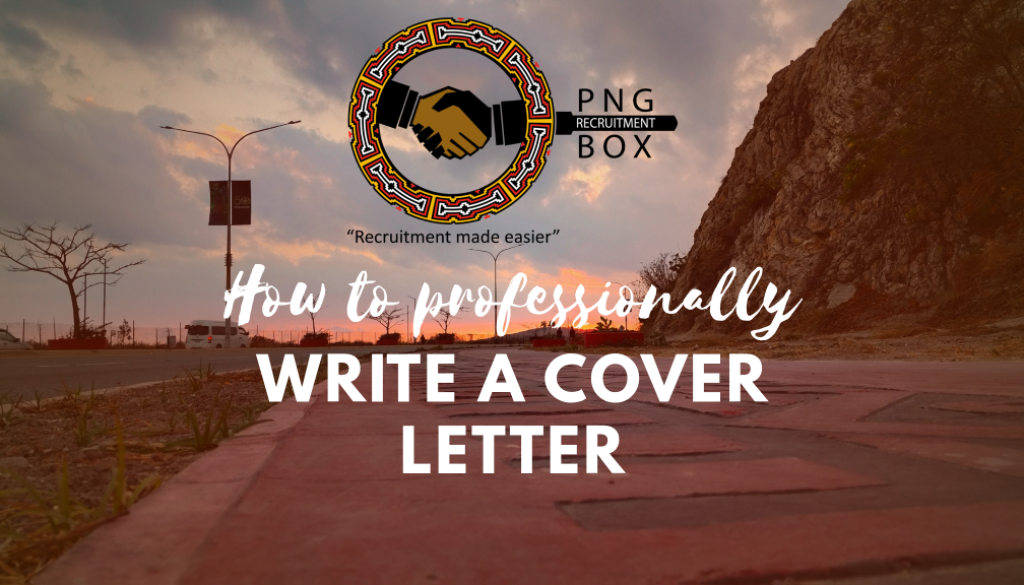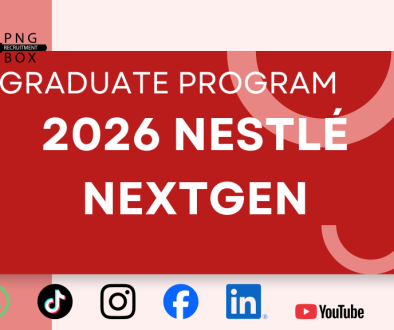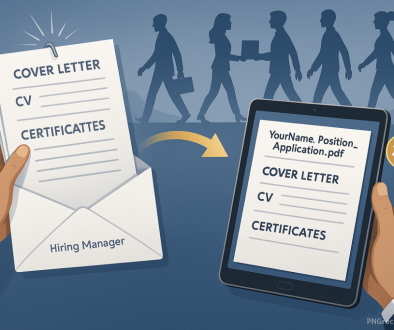How to Write a Proper Cover Letter (Step-by-Step Guide for PNG Job Seekers)
A cover letter is more than just a formality — it’s your personal pitch to an employer. Think of it as your chance to explain why you’re the right fit for the role and how you can add value to the organisation.
Industry experts all agree on one thing: the best cover letters are short, tailored, and clear. In this guide, we’ll walk you through each step of writing one, using insights from leading career coaches and recruiters.
—Step 1 — Do Your Homework
Before writing, study the job ad carefully. Look at the company’s website or LinkedIn page to understand its mission and values. If possible, find the hiring manager’s name and address them directly — this small detail shows effort and professionalism.
—Step 2 — Keep the Structure Simple
A cover letter should have:
1. Your contact info (top of the page)
2. Date
3. Employer details (if available)
4. Greeting (e.g., Dear Ms. Kila or Dear Hiring Manager)
5. Three short sections: Introduction → Body → Closing
6. Professional sign-off (Sincerely, Kind regards)
Aim for one page (250–400 words), with a clean font and clear spacing.
—Step 3 — Start with a Strong Opening
In the first paragraph:
Mention the role you’re applying for.
Show enthusiasm for the position.
Highlight one strong reason why you’re a good fit.
Example:“I’m applying for the Communications Officer role at XYZ Organisation. With five years of experience running community campaigns in PNG, I’ve helped increase participation by 40% — and I’d love to bring that impact to your team.”
—Step 4 — Show What You Can Do (Body Paragraphs)
Use one or two short paragraphs to highlight your top achievements. Recruiters recommend the STAR method: Situation → Task → Action → Result.
For example:“In my previous role, I trained 12 volunteers to deliver health messages in rural villages. As a result, clinic attendance improved by 22% in just six months.”
Always link your experience back to what the employer is asking for in the job ad.
—Step 5 — Close with Confidence
In your final paragraph:
Restate your interest.
Summarise your key fit.
Invite the employer to connect.
Example:
“I’d welcome the chance to discuss how my skills in communications and outreach can support your upcoming projects. Thank you for considering my application.”
—Step 6 — Use Keywords (But Naturally)
Many employers use software (Applicant Tracking Systems) to scan applications. Use important keywords from the job ad — like “project management” or “community engagement” — naturally in your cover letter so your application passes through.
—Step 7 — Proofread Everything
Before sending:
Double-check names and spelling.
Avoid clichés like “hard-working team player.”
Ask a friend to read it aloud — mistakes are easier to spot that way.
Even small errors can cost you an interview.
—Quick Template
[Your Name]
[Your Contact Information]
[Date]
[Employer’s Name / Hiring Manager]
[Company Name]
Dear [Name / Hiring Manager],
I’m excited to apply for [Job Title] at [Company Name]. [One line about your enthusiasm and fit].
In my previous role at [Organisation], I [achievement using STAR method]. This experience taught me [skill or result], which directly relates to your needs in this role.
I would welcome the opportunity to discuss how my skills can contribute to [Company’s goal/mission]. Thank you for your time and consideration.
Sincerely,
[Your Name]
—Final Checklist ✅
[ ] Named the role and company
[ ] Addressed a person (if possible)
[ ] Highlighted 1–2 key achievements
[ ] Kept it one page, clear and simple
[ ] Proofread for errors
—Closing Note for PNGRB Readers
A strong cover letter doesn’t need to be complicated. By keeping it short, relevant, and specific, you’ll stand out from the crowd and increase your chances of landing an interview.
👉 Tip: Save this guide and use it each time you apply for a job. Tailor your letter to every application — a personalised letter always beats a generic one.
REMEMBER! When applying for a job, it’s crucial to include a cover letter that clearly outlines your interest in the position and your suitability for the role, along with an updated curriculum vitae. Here are 5 valuable tips on crafting emails that grab attention and get read, as well as advice on structuring your CV to make a strong impression. By following these guidelines, you can enhance your application and increase your chances of landing the job you desire.
Discover more from PNG Recruitment Box
Subscribe to get the latest posts sent to your email.




